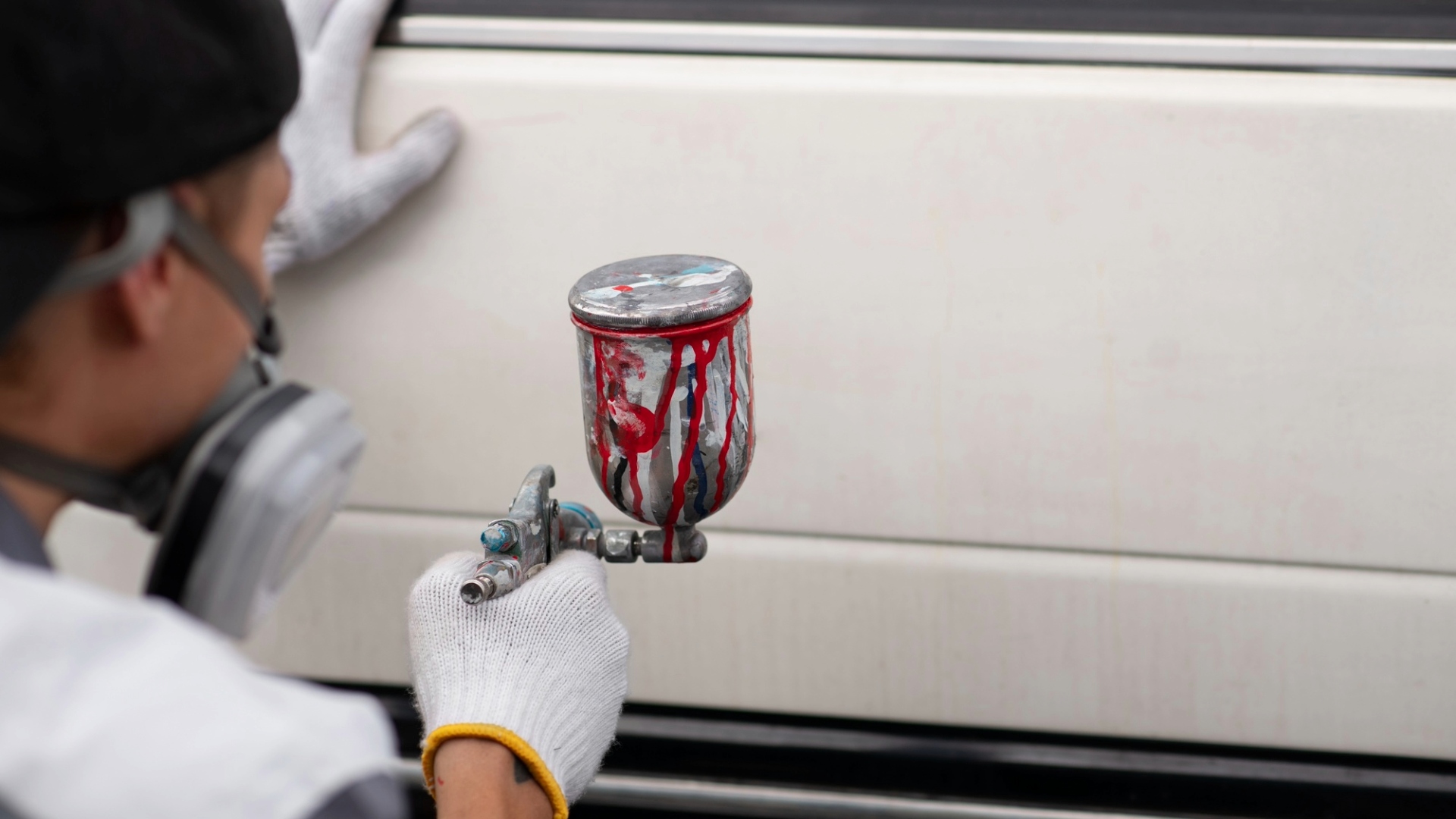Paint for Scale Models – The Good, The Bad, and The Ugly…

Table of Contents:
The Early Days
Like many hobbyists who started in the 1970s, the journey began with Testors PLA Enamels or Pactra equivalents, basic, widely available, and serviceable for the time. A revelation came with Pactra Authentic International Colors, which, when thinned with Aerogloss Dope Thinner, provided a smooth, quick-drying finish. Unfortunately, just as this discovery was made, the line was discontinued.The Rise of Acrylics
With college dorms and a desire to be less odorous to neighbors, the shift to acrylics began. Polly-S was the sole option at the time, offering a brush-friendly latex formula. Airbrushing was another story, each bottle had its quirks, requiring real-time adjustments to thinning and spraying. Though not perfect, Polly-S held its place until phased out. An early experiment with Testors Model Master Enamels in the 1980s showed promise in performance, but raised concerns over the handling of thinners and waste. Still, they marked a significant improvement in color fidelity and finish.The Boom (and Bust) of New Brands
As the 1990s rolled in, hobbyists saw a flood of new paint lines: Floquil Enamels and PollyScale brought with them smooth finishes, excellent adhesion, and ease of use. PollyScale, in particular, earned a loyal following, when thinned with distilled water, it sprayed and brushed beautifully. Many failures with PollyScale likely stemmed from over-complicating the thinning process. (Pro tip: windshield washer fluid is not a thinner.) Testors Model Master Acrylic attempted to replace PollyScale but fell flat—clogging airbrushes, uneven finishes, and difficult mixing made it a major disappointment. Other short-lived brands like Niche Paints and Monogram ProModeler arrived and vanished quickly, either due to strange formulas or poor performance. ProModeler, for example, was touted as non-toxic but barely dried.Exploring Modern Options
With legacy lines discontinued, the search for a new go-to paint resumed in the 2000s. Here’s how the contenders fared:• Testors Acryl Took some learning but eventually became a solid performer. Good adhesion, brush and airbrush-friendly, and consistent. Verdict: Strong performer, unfortunate it was discontinued.
• Vallejo Model Air Steep learning curve, especially for airbrushing. Shelf life issues and color accuracy were hit or miss. Verdict: Still used for brush work and metallics, but not for main schemes.
• Lifecolor Excellent results from limited use. Requires specific thinner, but results justified the effort. Verdict: Promising; cautiously optimistic for future use.
• Hataka Orange Line Persistent clogging issues, even with various additives. Ended up being relegated to terrain painting. Verdict: Hard fail.
• Mission Models Paint Heavily dependent on a rigid multi-step process with proprietary products. Fragile finish that dissolved under decals or moisture. Verdict: Big fail; performance didn’t match the hype.
• AK Real Colors Excellent spray performance when thinned with lacquer thinner. Serious issues with color accuracy. Verdict: Mixed bag—good performance, poor fidelity.
• ICM Acrylics Initially promising, but dissolved like watercolors even after curing. Required full stripping and repaint. Verdict: Hard fail.
The Return to Old Favorites
After many trials, the answer was back at the beginning: Tamiya Acrylics and GSI/Creos Aqueous.
Thinned with lacquer thinner (like Mr. Color Leveling Thinner), Tamiya paints became reliable, smooth, and durable.
GSI Aqueous offered great potential, but color availability is a limiting factor, especially the elusive H3XX and H4XX ranges.
These paints now form the backbone of many modelers’ workflows. The combination of consistent performance, local availability, and ease of use made them the top choice once again.
Final Thoughts
New acrylic lacquers like MRP and SMS have yet to be tested in this journey, largely due to concerns over odor and availability. Others, such as Andrea, Ammo by Mig, Citadel, and AK Interactive acrylics, remain in the wings, with Citadel paints reserved for fine detail work due to their excellent brush characteristics.
Ultimately, the best paint is the one that balances performance, color accuracy, local availability, and ease of use. For now, Tamiya Acrylics thinned with lacquer thinner stands out as the reliable champion. But as history has shown, even the best paints can vanish without warning, so stock up while you can.
Whether you’re a seasoned modeler or exploring the scene in Malaysia Scale Model Building, the paint you choose can make or break your project. If you’re working with a Scale Model House, collaborating with a 3D Scale Model Maker, or contributing to the Model Malaysia scene, finding the right paint remains a cornerstone of success.
Contact us if you have questions, feedback, or want to get in touch? We’d love to hear from you. Reach out anytime and we’ll respond as soon as possible.
- Tagged 3D Modelling in Architecture, 3D Scale Model Maker, Architectural 3D Modeling, Architectural Model Maker, Architectural Scale Model Maker, Building Scale Model Company, Model Building, Model Maker, Model Maker Malaysia, Scale Model Maker, Scale Model Maker Malaysia, Scale Model Making Companies
